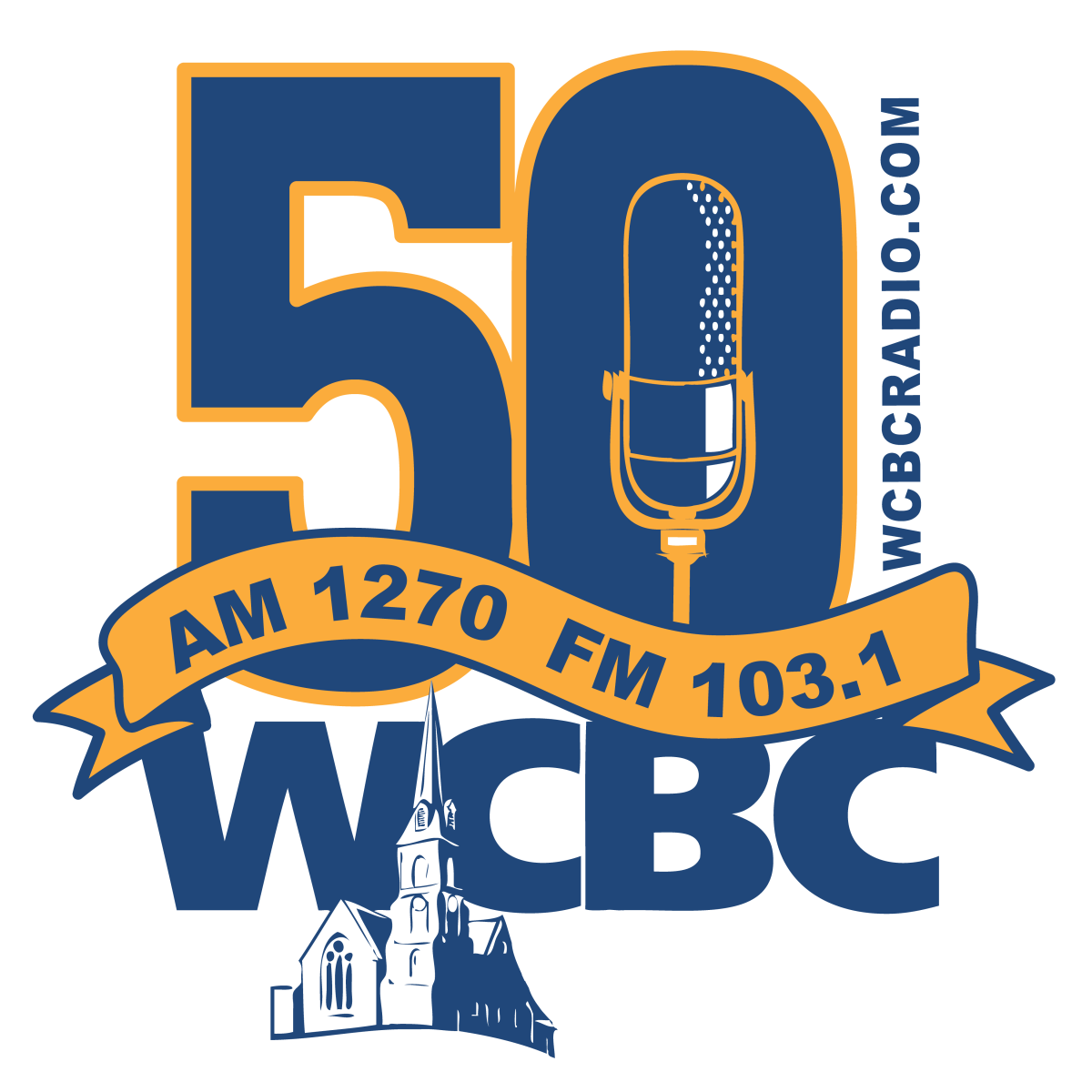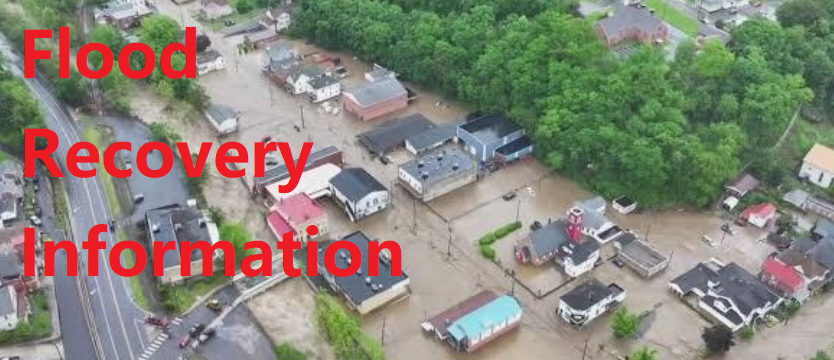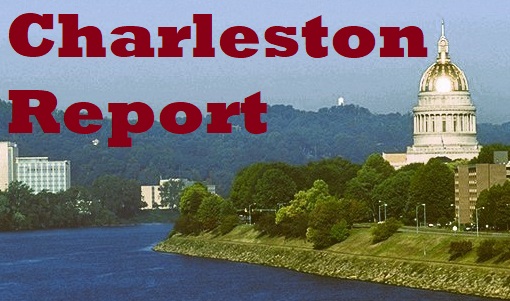July 23rd, 2022 by WCBC Radio
The Maryland Department of Natural Resources (DNR) announced that the 2021 underwater grass abundance in Maryland’s portion of the Chesapeake Bay remained stable compared to the previous year, with a slight decrease of 1%, or 350 acres. Baywide, underwater grasses increased by 7%.
Despite record high rainfall and stream flows in 2018 and 2019, long-term monitoring by DNR has identified major reductions in polluted runoff entering the Bay as a result of Maryland’s Chesapeake Bay restoration activities. These improving trends in cleaner water provide multiple benefits including being beneficial to the Bay’s underwater grasses.
Substantial underwater grass increases have occurred in areas with long-term reductions in nutrient loads entering the Bay. The Middle, Back, and Sassafras rivers; the mouths of the Patuxent, Potomac and Pocomoke rivers; Fishing Bay; and the lower central Chesapeake Bay saw underwater grasses increase by more than 20% in 2021. The iconic grass beds on the Susquehanna Flats also continued to expand in 2021, gaining over 1,000 acres. These vast beds have also become denser over time and act like a giant water filter, often producing visibility up to eight feet, levels unrivaled in other areas of the Bay.
After three years of weather-related declines, 34,991 acres of underwater grasses were mapped in Maryland waters during the annual survey. This represents 44% of the state’s 2025 restoration target.
“Underwater grasses are essential to a healthy ecosystem, and it’s encouraging that we are exceeding our restoration goals in some locations throughout the state,” Maryland DNR Secretary Jeannie Haddaway-Riccio said. “To meet our restoration target, we must continue our efforts to improve water quality which will in turn improve aquatic life and overall Chesapeake Bay health.”
A number of Maryland waterways also met or exceeded their underwater grass restoration goals, including the North East and Bush rivers, the upper Chesapeake Bay, Mattawoman Creek, and the upper Chester River, some despite losses in acreage. The Wicomico River, on the lower Eastern Shore, met its restoration goal for the first time since the survey began in 1984.
However, ongoing losses in the mid-Bay region continue. This area is dominated by widgeon grass, a species that can rapidly increase or decrease from year-to-year in response to changes in water quality. Following several years of record high precipitation and stream flows, widgeon grass abundance declined due to the higher levels of nutrient pollution and unsatisfactory water clarity. The largest declines were again observed in Eastern Bay, the mouth of the Choptank, and the Little Choptank River.
About 17 species of underwater grasses are common throughout the Chesapeake Bay and are distributed primarily based on their salinity tolerance. Most species — more than a dozen – are found in the less salty and freshwater regions of the upper Bay and tributaries. In the moderately salty waters of the mid-bay, only about four species of grasses are commonly observed; and in the saltiest regions of the lower bay, only widgeon grass and eelgrass are found.
Underwater grasses respond quickly to changes in water quality conditions, making them a critical indicator of restoration progress. Less nutrient and sediment pollution leads to improved water clarity, which allows for increased underwater grass growth. Also known as submerged aquatic vegetation (SAV), underwater grasses are a critically important Bay habitat that provide multiple ecosystem benefits. Underwater grasses remove nutrients and sediment from the water column, reduce shoreline erosion, and help reduce acidification associated with climate change, which benefits shellfish like crabs, oysters, clams, and scallops. They also provide habitat and protection for species like the blue crab and largemouth bass, and support and sustain migrating waterfowl.
The 2021 distribution of SAV in the Chesapeake Bay and its tributaries was mapped during the baywide annual aerial survey conducted by the Virginia Institute of Marine Science (VIMS), using multispectral digital photography and satellite imagery.
The DNR website includes more information on underwater grasses: identification, importance, and status along with real-time Maryland tidal water quality conditions. Information on the Annual Bay Grass Survey is available on the VIMS website.





.jpg)













